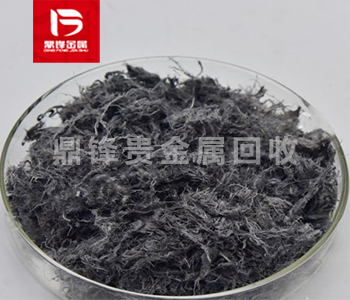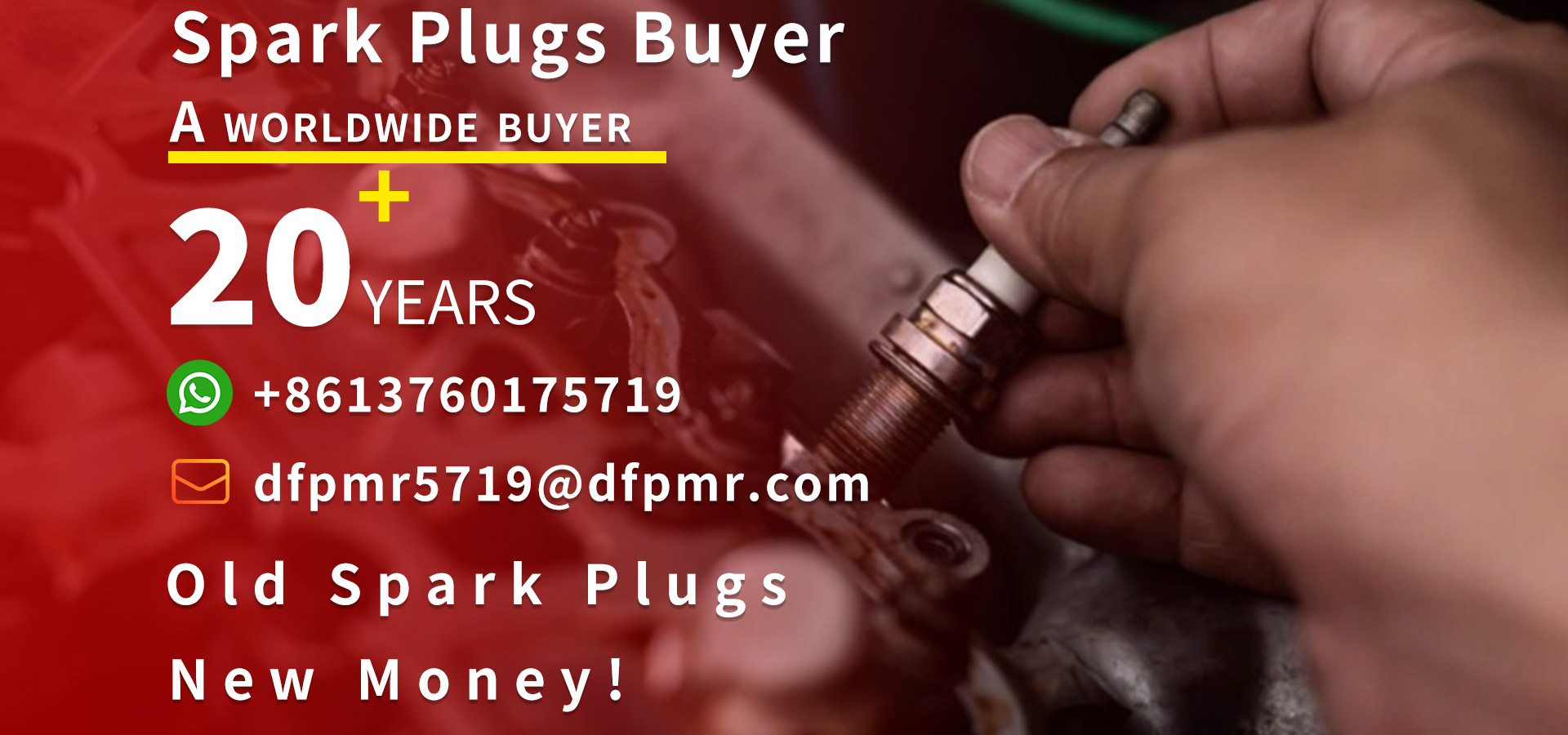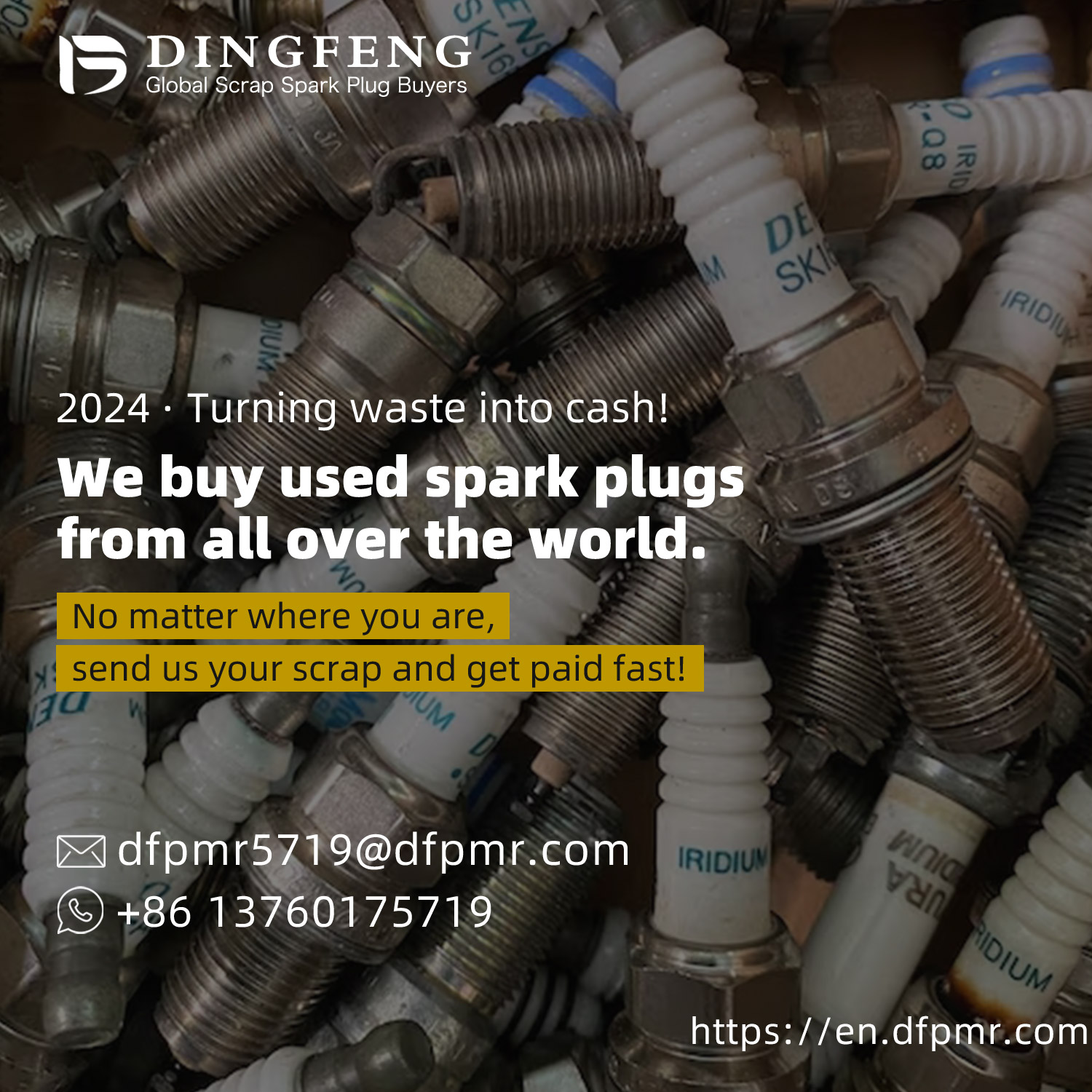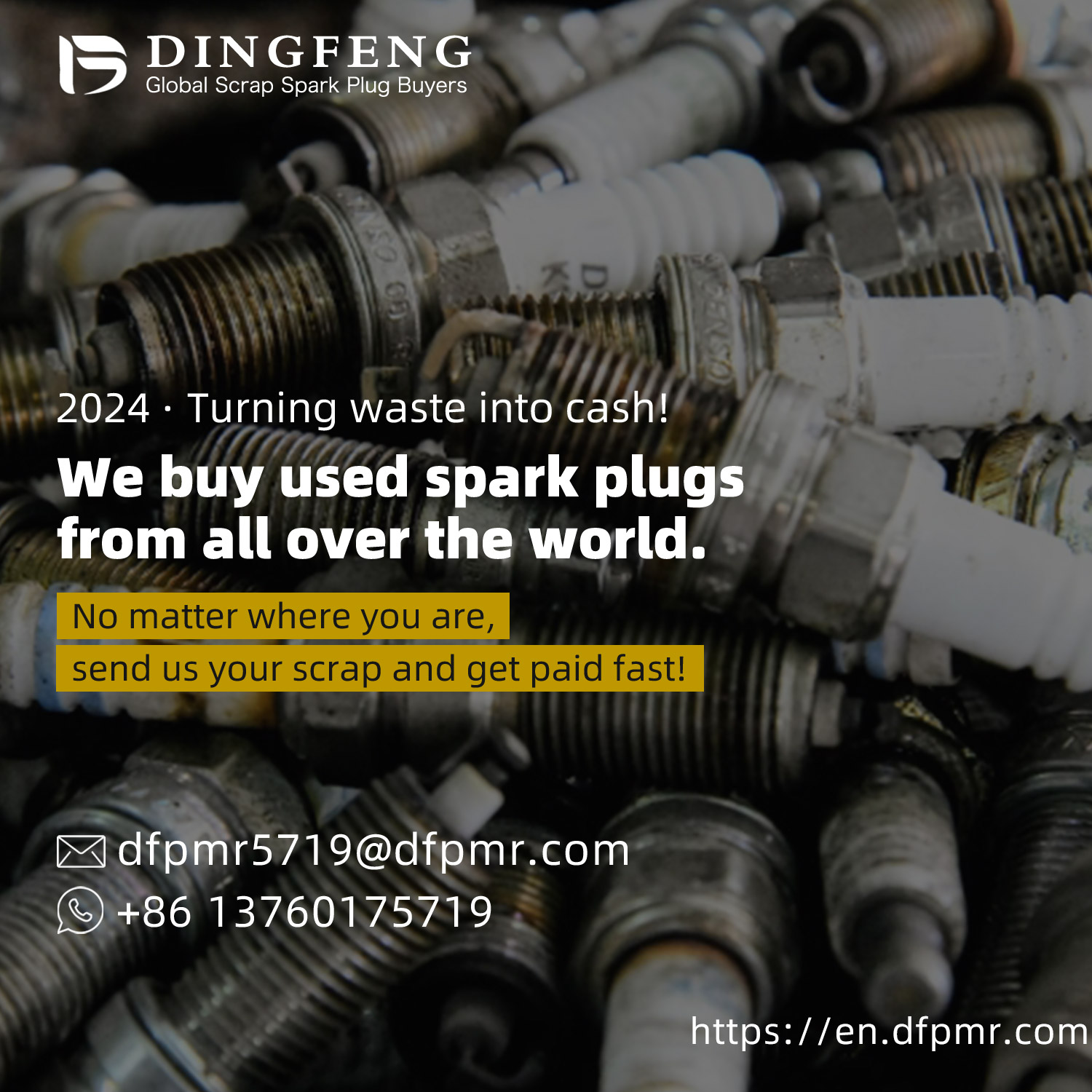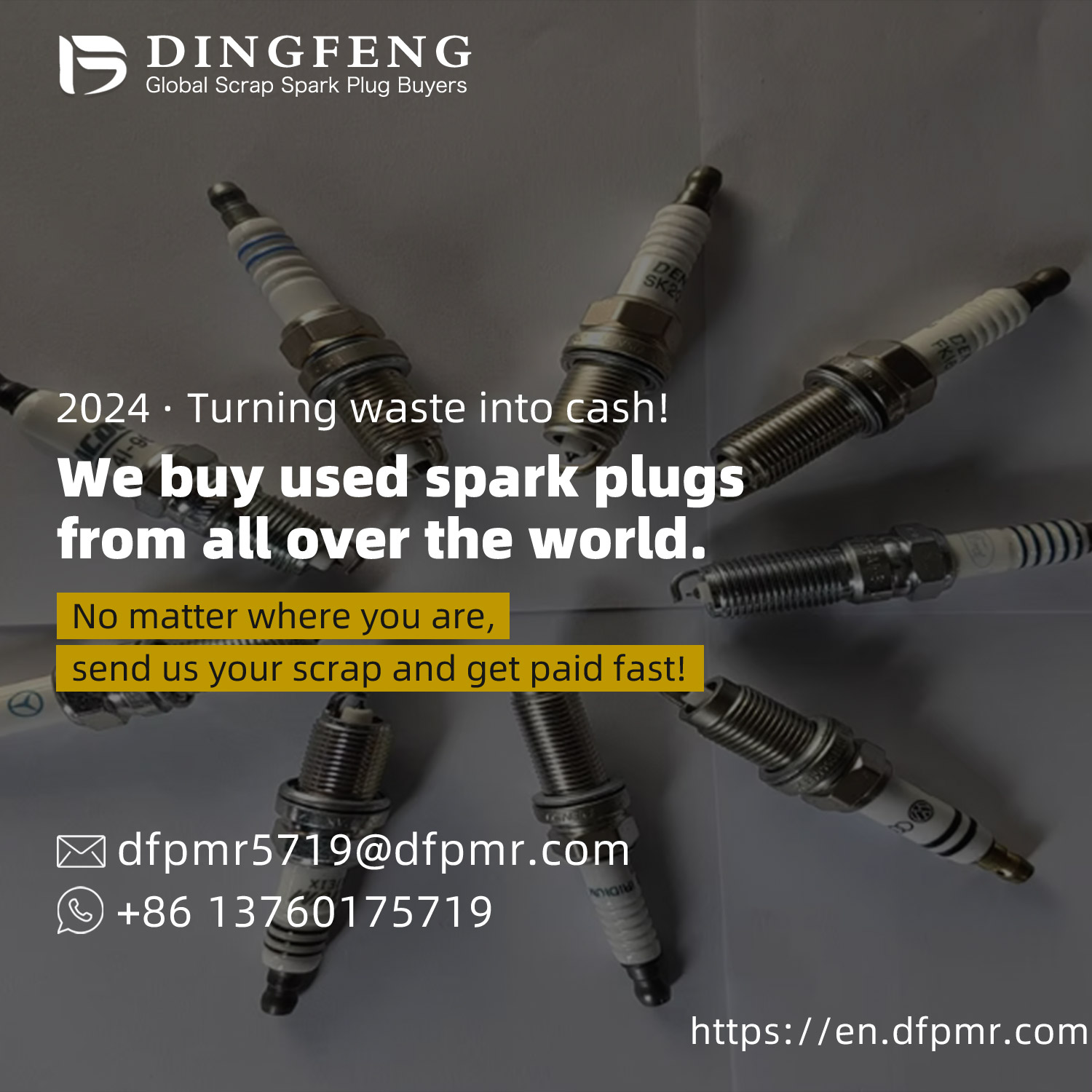Recycling of Waste Fixing Water: Extracting Silver from Waste Fixing Water
Waste fixing water is a waste liquid generated during printing, photography, and other processes, which contains a large amount of silver ions. Due to the Scarcity and economic value of silver, the re
Waste fixing water is a waste liquid generated during printing, photography, and other processes, which contains a large amount of silver ions. Due to the Scarcity and economic value of silver, the recovery of silver from waste fixing water has important practical value. In addition, silver ions in waste fixing water pose a certain risk of environmental pollution, so recycling them can effectively reduce the burden on the environment.
1、 Treatment of waste fixing water
The first step in treating waste fixing water is to reduce the organic matter content in the liquid. This can be achieved through methods such as chemical oxidation and biodegradation. The treated waste fixing water needs to undergo solid-liquid separation in order to recover silver ions. Common solid-liquid separation technologies include sedimentation, flocculation, ultrafiltration, etc.
2、 Silver precipitation
Silver precipitation is the Committed step to recover silver ions from the treated waste fixing water. The commonly used methods include chemical precipitation method, electrochemical precipitation method, etc. Chemical precipitation method is to add reducing agent (such as sodium sulfate, Sodium sulfide, etc.) to waste fixing water to make silver ions react with reducing agent to generate silver precipitation. Electrochemical precipitation method is the process of electrolyzing waste fixing water to deposit silver ions on the anode or cathode.

3、 Purification of Silver
After silver precipitation extraction, purification treatment is required. Common purification methods include fire method and wet method. Fire method is the process of melting silver precipitates to form silver ingots. The wet method involves extracting pure silver from silver precipitates through methods such as solvent extraction and ion exchange. When selecting purification methods, factors such as purification efficiency, cost, and environmental impact should be comprehensively considered.
4、 Detection and Application of Finished Silver
The refined and purified silver should undergo quality testing to ensure that it meets relevant national standards. Detection methods include flame Atomic absorption spectroscopy, Inductively coupled plasma mass spectrometry, etc. Through testing, the purity and impurity content of extracted silver can be understood. At the same time, regular monitoring and adjustment of all stages of the recycling and refining process are carried out to ensure the stability and reliability of the recycling effect. The recovered silver can be widely used in electronics, optics, medical and other fields. For example, in the electronics industry, pure silver can be used as a conductive material for manufacturing integrated circuits, contacts, etc; In the field of optics, pure silver can be used to prepare high-performance mirrors, optical filters, etc; In the medical field, pure silver has good antibacterial properties and can be used to prepare antibacterial dressings and other products.
The recovery and extraction of silver from waste fixing water can not only achieve resource reuse, reduce environmental pollution, but also have certain economic benefits. With the continuous development of science and technology, the silver recovery and extraction technology from waste fixing water will become more mature and efficient, making greater contributions to achieving sustainable development. In order to promote the popularization and application of this technology, enterprises and research institutions should increase investment, strengthen technological research and promotion, and improve the recovery and utilization rate of silver in waste fixing water.
&Quot; Dingfeng Precious Metals Recycling includes precious metals such as gold, silver, palladium, rhodium, platinum, germanium, iridium, ruthenium, etc. This is our business in precious metal recycling. If you have precious metals such as gold, silver, palladium, rhodium, platinum, germanium, iridium, ruthenium that need to be recycled, please contact us and we will provide you with a satisfactory price& Quot;



